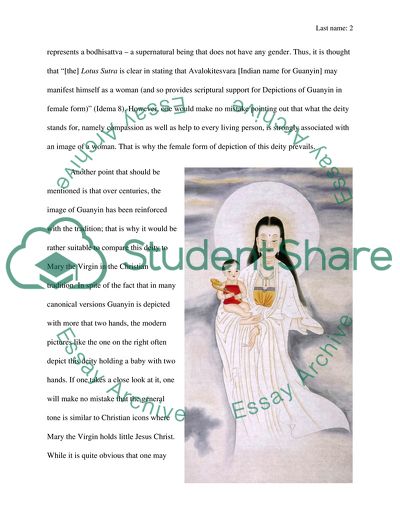Cite this document
(Depictions of Guanyin Essay Example | Topics and Well Written Essays - 1500 words, n.d.)
Depictions of Guanyin Essay Example | Topics and Well Written Essays - 1500 words. https://studentshare.org/religion-and-theology/1843589-depictions-of-guanyin
Depictions of Guanyin Essay Example | Topics and Well Written Essays - 1500 words. https://studentshare.org/religion-and-theology/1843589-depictions-of-guanyin
(Depictions of Guanyin Essay Example | Topics and Well Written Essays - 1500 Words)
Depictions of Guanyin Essay Example | Topics and Well Written Essays - 1500 Words. https://studentshare.org/religion-and-theology/1843589-depictions-of-guanyin.
Depictions of Guanyin Essay Example | Topics and Well Written Essays - 1500 Words. https://studentshare.org/religion-and-theology/1843589-depictions-of-guanyin.
“Depictions of Guanyin Essay Example | Topics and Well Written Essays - 1500 Words”. https://studentshare.org/religion-and-theology/1843589-depictions-of-guanyin.


